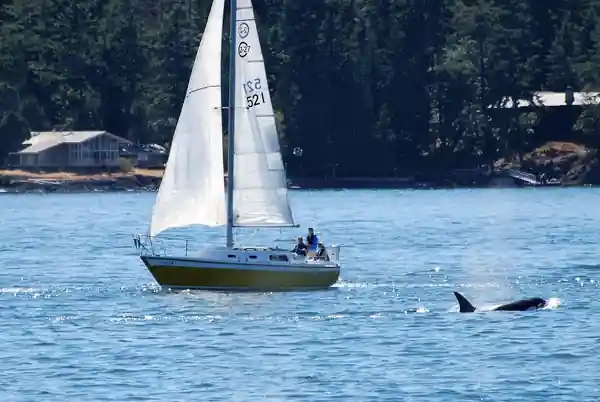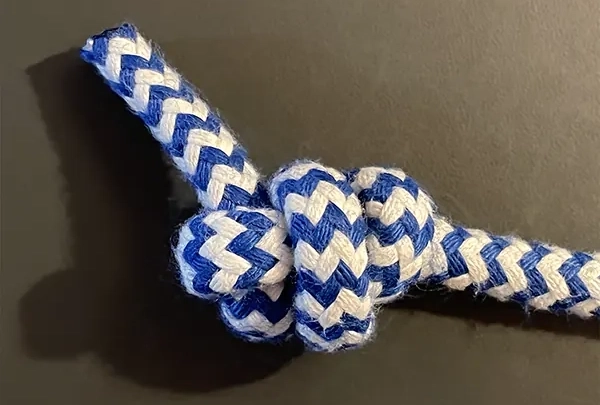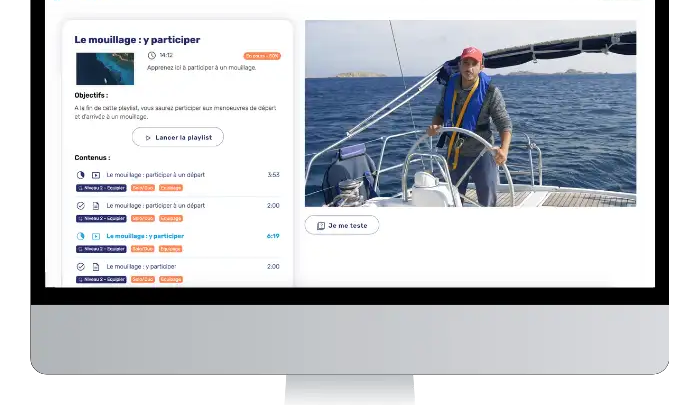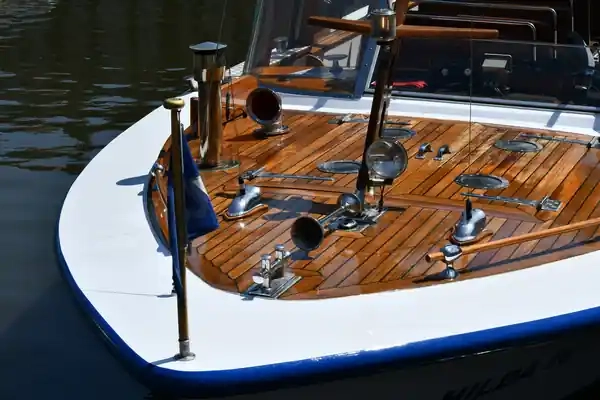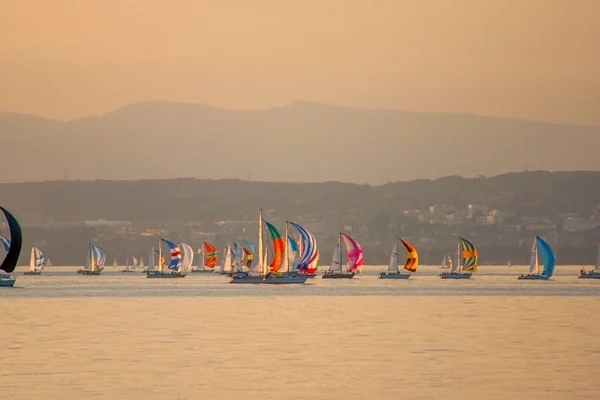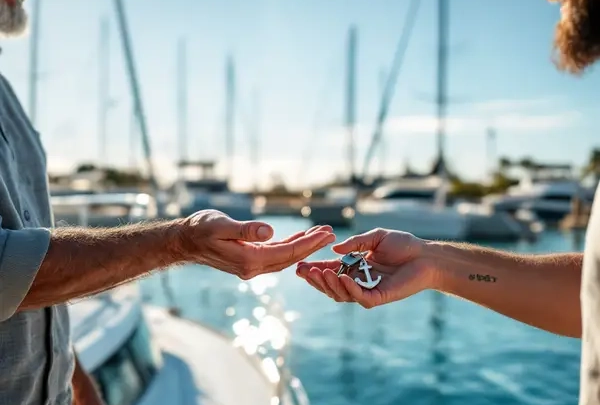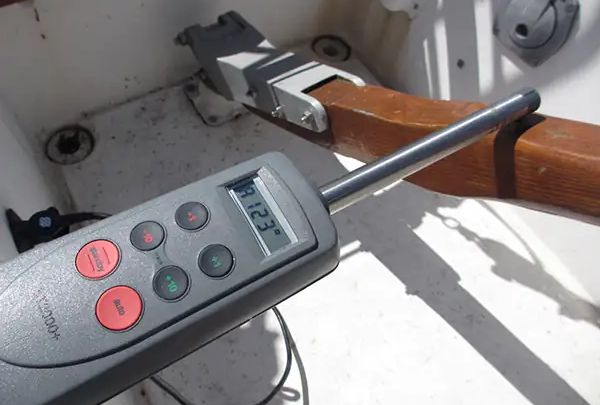Responsible boating: 5 good habits to protect the marine environment
Sailing is a tremendous opportunity for freedom, but it also entails responsibilities. Preserving marine ecosystems, limiting your impact on marine wildlife, while continuing to enjoy the sea: it’s all possible if you take up some simple habits. Here are five fundamental tips to act responsibly when boating.
